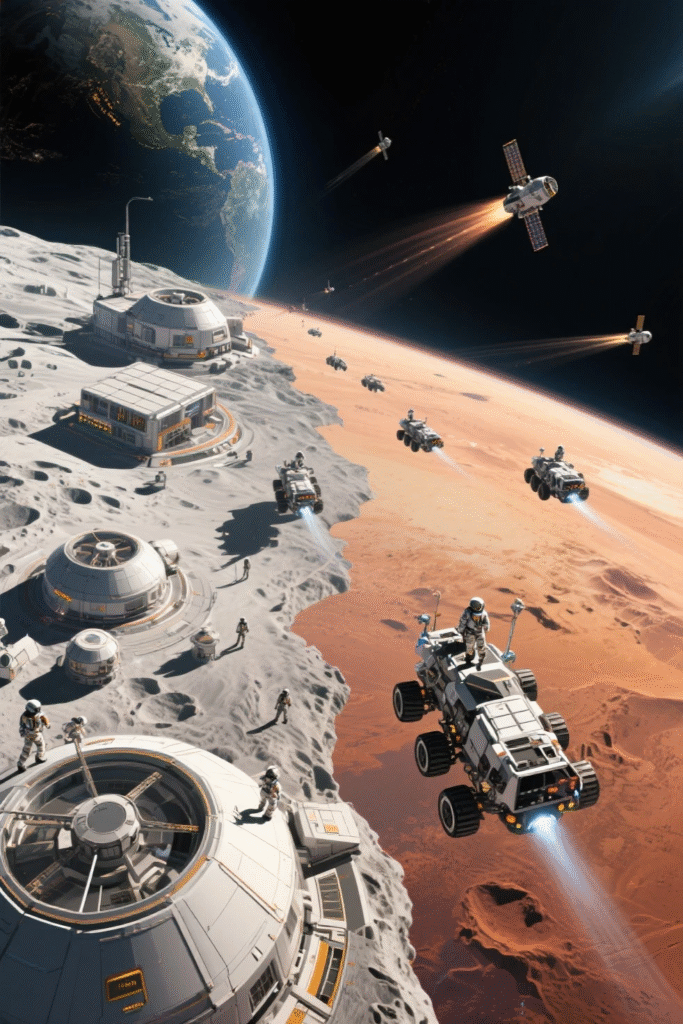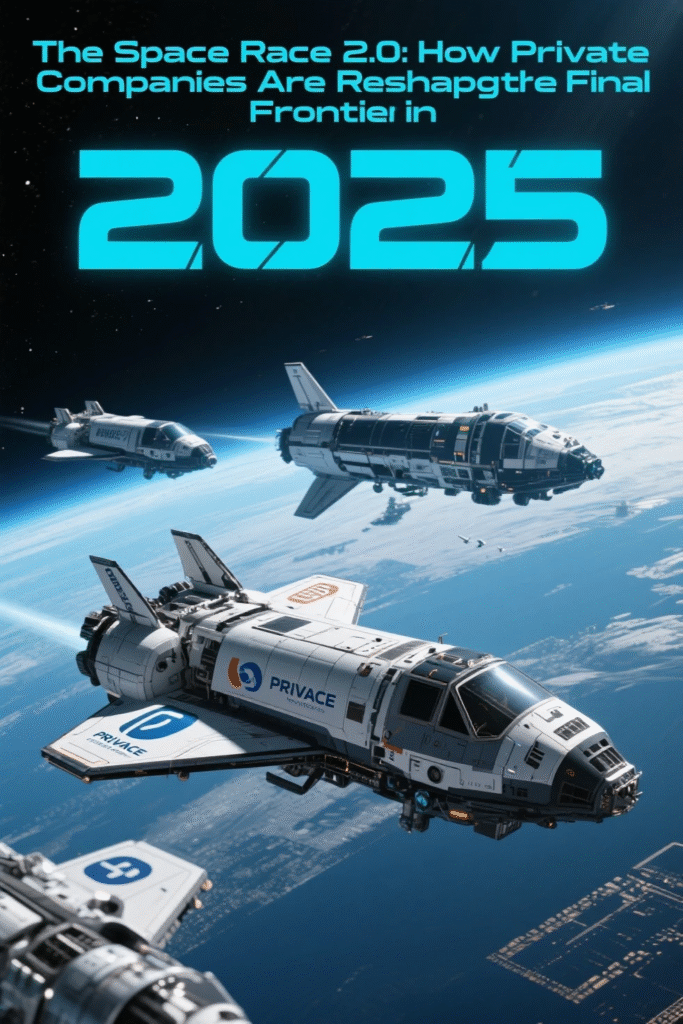Subaru: Engineering Resilience, Safety, and Adventure:
Subaru, the Japanese automaker renowned for its rugged all-wheel-drive vehicles and boxer engines, has carved a niche as a brand for adventurers, safety-conscious families, and engineering enthusiasts. With slogans like “Love. It’s What Makes a Subaru, a Subaru,” the company blends technical innovation with emotional appeal. This article explores Subaru’s history, technological breakthroughs, environmental commitments, and cultural impact.

1. History: From Aircraft to All-Wheel Drive:
1.1 Origins in Aviation:
Subaru’s roots trace back to 1917 with the founding of Nakajima Aircraft Company, a key player in Japan’s aviation industry. After WWII, the company transitioned to automotive manufacturing under Fuji Heavy Industries (FHI). The name Subaru (Japanese for the Pleiades star cluster) symbolizes unity, reflecting FHI’s merger of six divisions.
1.2 Milestones in Automotive Innovation:
-
- 1958: The Subaru 360, a tiny “Ladybird” car, became Japan’s first mass-produced vehicle, democratizing car ownership.
-
- 1966: The Subaru 1000 debuted the boxer engine, with horizontally opposed pistons for smoother performance.
-
- 1972: The Leone introduced the world’s first mass-produced all-wheel-drive (AWD) passenger car, revolutionizing traction in harsh conditions.
-
- 1989: The Legacy sedan set a 100,000 km world speed record (avg. 223 km/h), proving Subaru’s engineering durability.
2. Core Technologies: The Subaru Difference:
2.1 The Boxer Engine:
-
- Design: Horizontally opposed pistons reduce vibration, lower the center of gravity, and enhance stability.
-
- Durability: Favored in motorsports, this engine powers iconic models like the WRX STI and survives extreme conditions.
2.2 Symmetrical All-Wheel Drive (AWD):
-
- Mechanics: A balanced drivetrain ensures optimal power distribution to all wheels.
-
- Impact: Over 90% of Subarus sold in the U.S. feature AWD, making them favorites in snowy regions like Colorado and Scandinavia.
2.3 Safety Innovations:
-
- EyeSight Technology: Introduced in 2008, this dual-camera system offers adaptive cruise control, lane-keeping, and pre-collision braking.
-
- Awards: Subaru consistently earns IIHS Top Safety Pick+ ratings, with 98% of its vehicles sold since 2010 still on the road today.
2.4 Environmental Stewardship:
-
- Zero-Landfill Factories: Subaru’s Indiana plant recycles 99.8% of waste, a model for sustainable manufacturing.
-
- Electrification: The Solterra EV (2022), co-developed with Toyota, marks Subaru’s entry into electric mobility, offering 228 miles of range and standard AWD.
3. Iconic Models: Built for Adventure:
3.1 Subaru Outback:
-
- Role: A crossover wagon blending off-road capability with family-friendly practicality.
-
- Sales: Accounts for 50% of U.S. Subaru sales, beloved by outdoor enthusiasts.
3.2 WRX STI:
Legacy: Born from Subaru’s World Rally Championship dominance (1990s–2000s), this turbocharged sedan delivers rally-inspired performance (310 hp in final ICE models).
3.3 Forester:
Features: Standard AWD, X-Mode for off-roading, and DriverFocus® distraction mitigation.
3.4 Solterra:
Future Vision: Subaru’s first EV combines AWD with e-SUBARU Global Platform tech, targeting eco-conscious adventurers.

4. Cultural Impact: The Subaru Community:
4.1 Brand Loyalty:
Subaru boasts the highest owner loyalty rate in the U.S. (over 60%), driven by reliability and inclusive marketing (e.g., LGBTQ+ partnerships).
4.2 Motorsports Heritage:
-
- Rally Dominance: The Impreza WRX STI won three consecutive WRC titles (1995–1997) with legend Colin McRae.
-
- Nürburgring 24h: Subaru competes annually, showcasing endurance and AWD performance.
4.3 Pop Culture Presence:
Films like Baby Driver and The Secret Life of Walter Mitty feature Subarus as symbols of reliability and adventure.
5. Challenges and Future Outlook:
5.1 Electrification Race:
Subaru lags behind rivals in EV development but plans 8 electric models by 2028, leveraging Toyota’s expertise.
5.2 Balancing Identity:
Maintaining its AWD/performance ethos while transitioning to EVs and autonomous tech.
5.3 Global Expansion:
Strengthening presence in Europe and Asia, where competitors like Volvo and Toyota dominate.
Conclusion: The Road Ahead:
Subaru’s blend of engineering grit, safety focus, and environmental responsibility positions it uniquely in the auto industry. As it navigates electrification and global competition, its commitment to “Confidence in Motion” ensures loyal fans will follow—whether on rocky trails or electric highways.




















